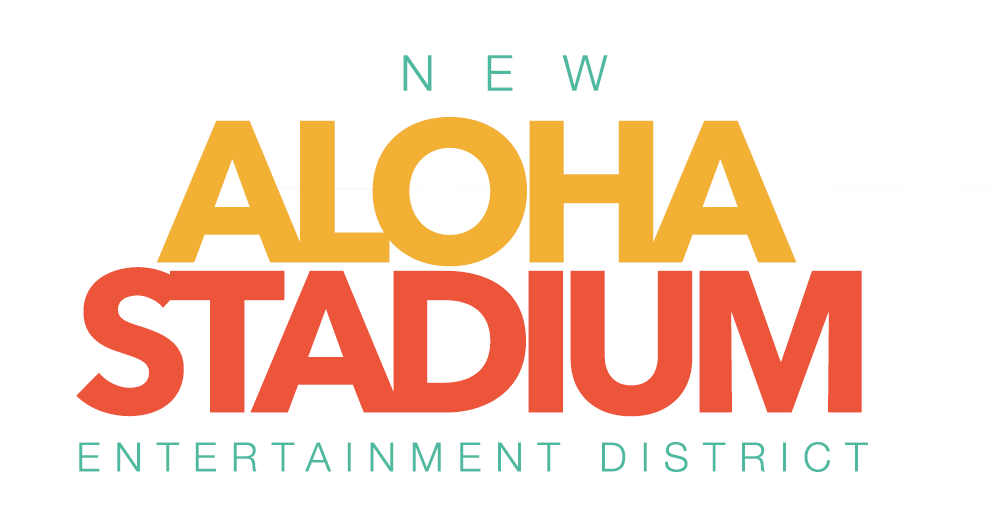Honolulu Star-Advertiser
Hawaii News
By Andrew Gomes
March 17, 2021
Long-term maintenance expenses for a new stadium on Oahu would be preset under the state’s plan to replace Aloha Stadium using a private partner.
The state Department of Accounting and General Services expects to soon solicit proposals for a private partner to build a new stadium in Halawa and maintain it for 30 to 40 years, while the Stadium Authority, a state agency, would operate the new facility, as it does now with the existing stadium.
Paying for a new state-owned stadium could be at least partially done upfront by the state, which has appropriated $350 million to help replace the stadium and possibly cover some costs for the same partner or a different partner to lease and redevelop much of the 98-acre Halawa site with commercial uses such as housing, retail, restaurants and hotels in what would be called the New Aloha Stadium Entertainment District.
DAGS said a partner that builds a new stadium would be paid pre-agreed amounts of state money over 30 to 40 years as a way to essentially repay the partner for any of its own stadium development costs as well as the cost to maintain the facility to “prescribed standards.”
Also, these pre-agreed payments could be reduced if the stadium developer does not maintain the facility in line with contracted standards, according to Chris Kinimaka, public works administrator at DAGS.
Enormous maintenance costs for Aloha Stadium, which has a chronic rust problem and deferred upkeep, is a main reason why state leaders decided several years ago to replace the 46-year-old facility with a new one. However, a public-private partnership arrangement was pursued to shift some costs and risk away from the state.
A Sunday Honolulu Star-Advertiser story about the state’s history with public-private partnership deals misstated the new envisioned role for a partner to replace the stadium.
Under the plan, taxpayers could be spared some upfront costs of building a new stadium and most of the cost for surrounding development, the latter of which is expected to take decades and require expensive infrastructure.
DAGS anticipates that state revenue earned from stadium operations and elements of the surrounding development will cover at least some of what the state pays its stadium partner to build and maintain the new stadium.
This plan is a recent deviation from an original DAGS vision to find one partner that would replace the stadium in return for a mix of state funding and valuable rights to redevelop the state-owned property surrounding a new stadium under a 99-year land lease.
READ FULL ARTICLE HERE.

